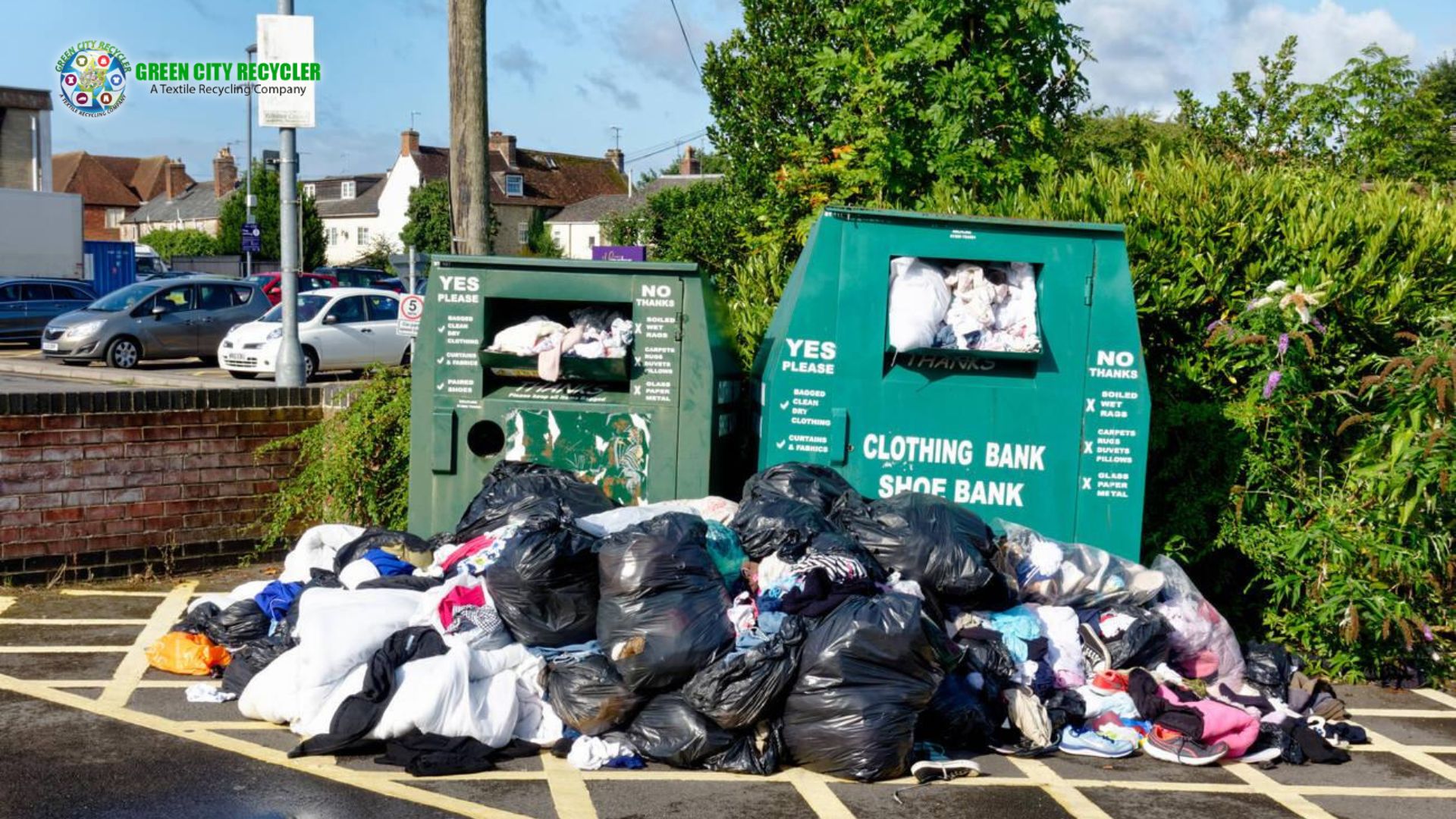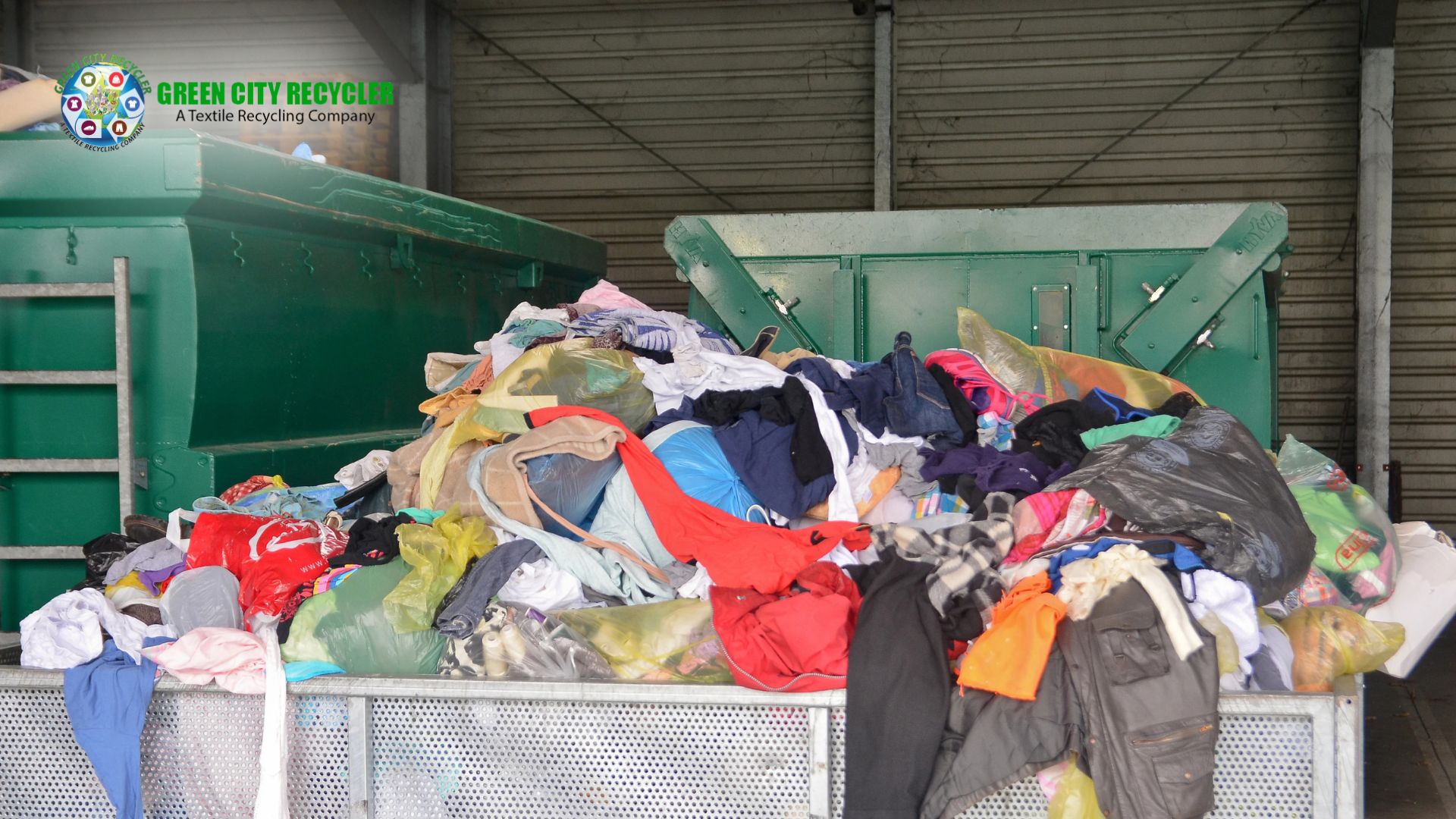Textiles, furniture, bedding, and even car interiors abound in our homes. When these things fade or lose appeal, though, what happens? However, most of the time, they spend years breaking down in landfills. Luckily, there is another way. How can textiles be recycled? Let’s look at the methods used in textile recycling, the benefits it offers, and ways you may contribute.
What is Textile Recycling
Textile recycling is the reusing or reprocessing of other materials, textiles and apparel rather than disposal. Also, the sources of these materials could be old clothing, factory waste, house fabrics like towels or curtains, or even worn-out shoes.
When you inquire how textiles might be recycled, mechanical and chemical recycling are the two primary methods used.
How can textiles be recycled?
Let us dissect it into the main methods textiles are recycled:
1. Recycling mechanically
Besides others, the most often used is this one. It comprises:
- Type and color-based textile sorting.
- Cutting the cloth into threads.
- Since re-spinning the fibers into fresh yarn or industrial cloth or filling, or insulation.
Natural fibers like cotton and wool allow mechanical recycling to be most effective. Nonetheless, frequent recycling might weaken the fibers, so they cannot always be used to make fresh clothing.
2. Chemical Releasing
Synthetic materials (such as polyester or nylon) are broken down by this process into their original ingredients, which can subsequently be reassembled to produce fresh fibers. This approach:
- Firstly, keeps the material in quality.
- One can utilize it several times without losing strength.
- Perfect for mixed materials for which mechanical recycling finds difficulty.
3. Upcycling in general
Upcycling is still another approach to address how textiles might be recycled. This imaginative method turns used clothing or materials into something completely different, such as sewing patchwork quilts from shirts or purses from pants. Upcycling cuts waste and increases value.
Why Should Textiles Be Recessed?
Textile recycling offers great advantages for our communities as well as for the earth:
- Since millions of tons of textiles wind up in landfills annually, therefore lowers landfill trash.
- Making fresh clothes consumes a lot of water and energy, so it conserves both. However, recycling reduces this.
- Reduces pollution: Among the major polluters are the fashion sector. Meanwhile, recycling lessens chemical waste and harmful dye runoff.
- Recycling supports a system whereby materials are repeatedly used instead of being bought, worn, and discarded.
Thus, knowing how textiles can be recycled helps one to realize how much influence little actions can have.
Things That Might Be Recycled?
These are some often-used fabrics that are recyclable:
- Old clothing—even if it is dirty or ripped
- Bed linens and towels
- Tablecloths and curtains
- Sewing-related fabric leftovers
- Depending on the fabric, shoes, and belts
TIP: Your clothes can often be recycled even if they are unfit for donation. Therefore, check for textile recycling containers in your neighborhood; avoid throwing them in the trash!
How can you recycle textiles at home?
This is a basic, methodical guide:
- Sort your stuff. Also, sort wearable items according to damage.
- Also, you can donate or resell gently worn clothing either online or to a charity.
- Drop off at a textile recycling site; many local governments or supermarkets have collection containers.
- Moreover, you can also create cleaning cloths, tote bags, and even pet toys with fabric for do-it-yourself crafts.
- See a textile recycling firm; they can gather huge cloth or offer ideas for big homes or companies.
Why Should I Use Green City Recycling?
In the textile recycling sector, Green City Recycler is a quite respectable name. Strong environmentalists concentrate on keeping unwanted clothing and materials out of landfills. Their straightforward aim is to make textile recycling easily available, practical, and environmentally friendly for people, homes, businesses, and educational environments.
Ensure a consistent and responsible method to help you manage garbage for a big company or clear your wardrobe.
Here’s the reason more people are choosing Green City Recycler:
1. Pickers are free of hassle
Traveling or looking for a drop-off site is not necessary. Easy, scheduled pickups right from your house, business, or school are provided by Green City Recycler. Their door-to-door service saves time and labor, therefore simplifying the responsible recycling of textiles.
2. Eco-Friendly procedures
Every phase of their system, from gathering to final processing, is planned with the surroundings in mind. Their activities give precedence:
- Low-emissions logistics
- Effective classification
- Little waste
- Increased recycling and reuse
They guarantee that even non-wearable materials are recycled into industrial goods, insulation, or stuffing, to avoid the trash.
3. Community-Based Collaborations
Green City Recycler actively collaboratively with small businesses, non-profits, community organizations, and nearby schools to raise awareness of textile waste, . They organize events teaching communities how to lower their environmental footprint by textile recycling, campaigns for education, and donations.
4. High Rates of Reuse and Recovery
Green City Recycler offers great recovery rates due to a sophisticated sorting technology and thorough industry understanding. Your textiles and outfits are more likely to be:
- donated for usage again
- Created from recycled materials into fresh goods.
- turned into the future use of raw resources from recycling
- Their clever sorting ensures that every piece of fabric finds the best sustainable second life available
FAQs: How can textiles be recycled?
1. Can I recycle stained or hole-containing clothing?
Surely! Shredded or even ruined clothing can be used for stuffing, industrial fabric, or insulation.
2. Where may I find textiles for recycling?
Search supermarkets, recycling centers, or use a service like Green City Recycler for specific textile recycling containers.
3. Should I discard or donate?
If the thing is in good shape, donate. Recycling ensures it still stays away from the landfill if it is worn out.
4. Can I recycle synthetic materials?
Indeed, particularly about synthetic fiber-oriented chemical recycling techniques.
Last Words
How can textiles be recycled? Using mechanical and chemical procedures, creative upcycling, sorting, donation, and Recycling lets you help lower trash, conserve energy, and preserve the environment.
Think twice before throwing anything in the garbage next time you tidy your closet. Choose to recycle; contact Green City Recycler if you seek a simple, eco-friendly alternative. Every cloth counts, and taken together, we can produce a greener world.






